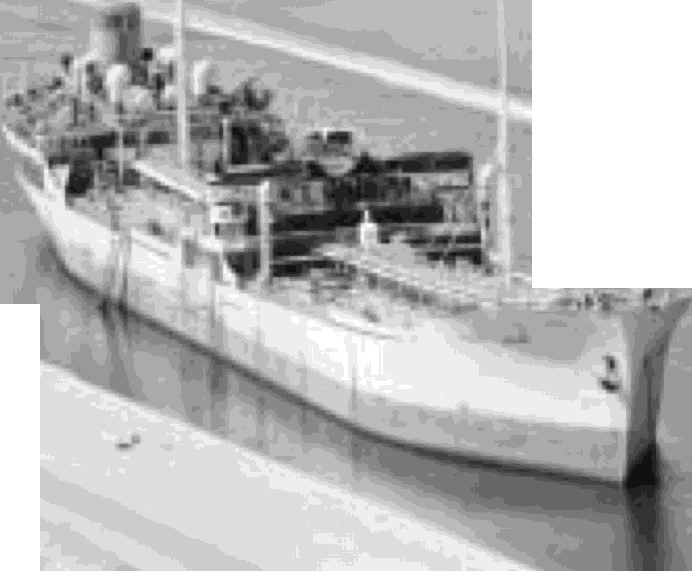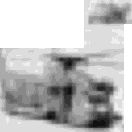


1974-Continued
School, NAS Patuxent River, Md. The Sky master, BuNo
56501, had flown almost 15,000 hours with more than
2,500,000 nautical miles since its acceptance on 24
March 1945.
11 April
At the Naval Missile Center, Point Mugu,
Calif., the P-3 Orion fired its first Harpoon missile. The
aircraft involved was a P-3A; the missile scored a
direct hit on a remote-controlled
Septar
target boat.
14 April
The Navy donated the ASW carrier
Yorktown
to Charleston, S.c., for the city's National
Naval Museum. The "Fighting Lady" had spent 25
years with the Pacific Fleet before being transferred
to the Atlantic in 1969. She was decommissioned 27
June 1970.
22 April
A twelve-plane detachment of RH-53D Sea
Stallions from HM-12 began minesweeping the Suez
Canal as part of Project Nimbus Star.
4 June
NAVAIR established an Aircraft Survivabil-
ity/Vulnerability branch. This office was created in
response to the need for a thoroughly coordinated
Navy technical program addressing the need for better
aircraft survivability in combat.
5 July
Two Marine Corps aviators, Major John H.
Pierson and his co-pilot, Major David R. Shore, flew an
OV-lOA Bronco 4,480 kilometers from NAS Whidbey
Island, Wash., to Homestead AFB, Fla. This flight set a
new world record for distance in a straight line by a
Class C-1-F, Group II aircraft. The National Aeronautics
Association sanctioned the record.
- --
..,
-
.;
..-
RH-53D Sea
Stallion of HM-12
mines weeping the
Suez Canal
1151672
I
1.-
UNITED STATES NAVAL AVIATION
1910-1995
309
22 July
As a result of the conflict between Turkish
and Greek Cypriot forces on Cyprus, the U.S.
Ambassador to Cyprus, Roger Davies, requested the
evacuation of U.S. citizens. In a joint Navy/Marine
Corps effort, HMM-162 from the Sixth Fleet carrier
Inchon
evacuated 466 people, 384 of them U.S. citi-
zens, in only five hours.
Forrestal
provided air cover
for the operation.
5 August
The world's largest unmanned balloon
was launched successfully from Fort Churchill in
Manitoba, Canada. The flight was sponsored by the
Office of Naval Research and NASA's Office of Space
Science. The facilities of the Navy's Skyhook program
were used for the launch. The entire flight train-bal-
loon, an 800-pound instrument package, and a
parachute-lifted to an altitude of 155,000 feet. As the
balloon rose to float altitude it assumed a fully inflated
form of 512 feet in diameter with a volume of 50.3
million cubic feet. The balloon traveled 500 miles west
and was tracked by Project Skyhook's DC-3.
9 August
The Navy announced the first acceptance
by VQ-4 of an EC-130 Hercules TACAMO aircraft.
10 August
Sikorsky's YCH-53E, Number 1, flew in a
hover at a gross weight of 71,700 pounds. It carried an
external load of 17.8 tons and hovered at a wheel
height of fifty feet. This was the heaviest gross weight
ever flown-and the heaviest payload ever lifted-by
a helicopter in the western world.
24 August
Navy and Marine Corps helicopters com-
pleted six days of disaster flood relief work in central
Luzon, R.P. Aircraft from NAS Cubi Point, R.P.,
San Jose
(AFS 7),
Tripoli
and Clark AFB, R.P., provided airlift of
emergency food supplies.
-
..
--
.
..
... -
.
-
- ---
 |
31 |
 |